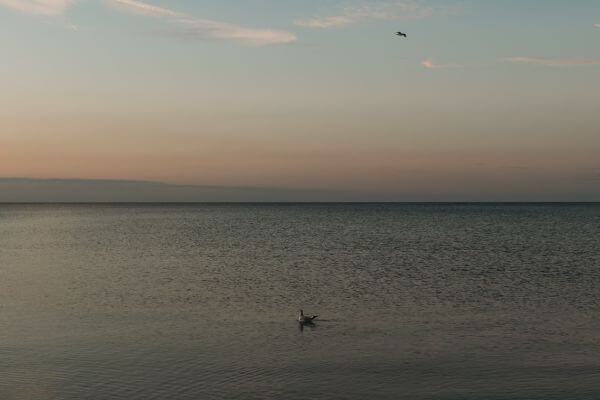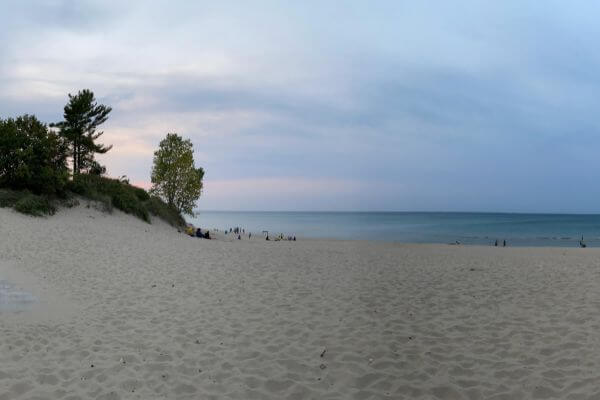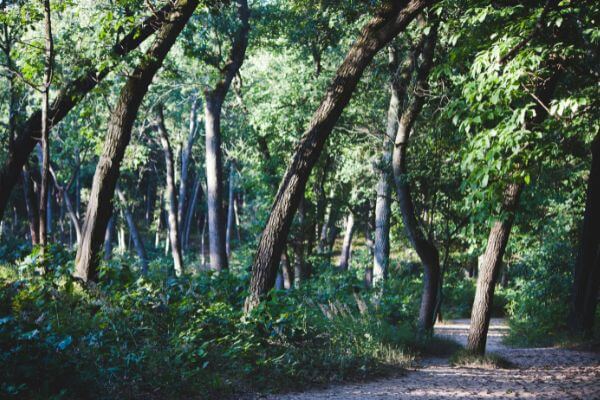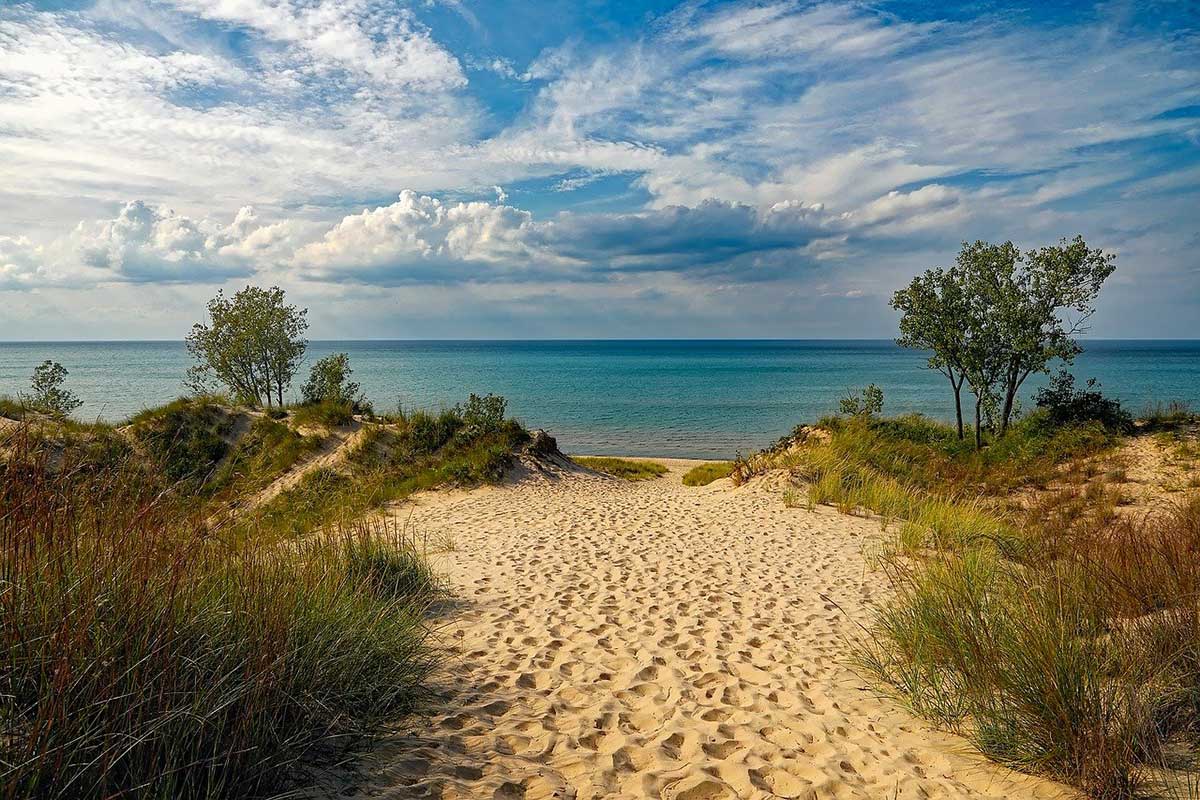Indiana Dunes National Park was established on February 19th of 2019 as one of the now 63 National Parks in the United States. Since 1966 it has been known as the Indiana Dunes National Lakeshore until the recent change making it an official national park.
Each year around 3.5 million people visit the park that rests on the southern shores of Lake Michigan. Indiana Dunes is 15,000 acres in size and has over 50 miles of hiking trails, and 67 campsites. The park also offers other common activities such as fishing, horseback riding, swimming, and biking.
Indiana Dunes has much more to offer than just a national park. Aside from the beaches on Lake Michigan, there are also tons of restaurants, nightlife, and plenty of hotels and accommodations, in addition to all of the wildlife and nature you’ll find in the park.
Indiana Dunes National Park

Location
The park runs along the southern tip of Lake Michigan for about 15 miles and is just under an hour’s drive from Chicago. The address of the Indiana Dunes National Park Visitor’s center is 1215 N State Rd 49, Chesterton, IN 46304.
Entry fee

From 7 am to dusk there is a $6 per vehicle fee to enter West Beach, all other sites are free.
There is also an Indiana Dunes state park, the fee to enter it is $7 per vehicle for Indiana state residents and $12 for out-of-state visitors. The state park is open from 7 am – 11 pm. Admission is free to the state park on weekdays between November and mid-April.
Camping

The Dunewood Campground, located at U.S. 12 and Broadway in Indiana, is open from April 1st to November 1st each year and has 67 campsites available.
54 of the sites are suitable for cars and RVs as well as tent camping although none of them have electric or water hookups. The remaining 13 sites are tent camping only. There are also 4 campsites that are wheelchair accessible, sites 15, 30, 41, and 55.
There’s a max of 8 people per site and campground quiet hours are from 10 pm – 6 am. Campfires are allowed within the park-provided grates.
Camping fees
The fee is $25 per night. You can reserve sites 1 – 34 on the recreation.gov website, the remaining site are first come first serve.
Hiking

There are 50 miles in 14 hiking trails of varying difficulty levels ranging from .5 miles to 6.8 miles in length. These trails are:
Bailly Homestead, Chellberg Farm, Little Calumet River, and Mnoké Prairie Trail System
Easy to moderate, 3.4 miles
Calumet Dunes Trail System
Easy, 0.5 miles
Cowles Bog Trail System
Moderate to rugged, 4.7 miles
Dune Ridge Trail System
Moderate, 0.7 miles
Glenwood Dunes Trail System
Moderate, 6.8 miles
Great Marsh Trail System
Easy, 1.7 miles
Heron Rookery Trail System
Easy, 3.3 miles
Hobart Prairie Grove Trail System
Hobart Woodland hike: Easy, 2.2 miles
Oak Savannah hike: Easy, 3.9 miles
Paul H. Douglas Trail (Miller Woods)
Moderate, 3.4 miles
Mount Baldy Trail System
Rugged, 0.8 miles
Pinhook Trail System
Upland hike: Moderate, 2.1 miles
Bog hike: Easy, 0.9 miles
Portage Lakefront and Riverwalk
Easy, 1.5 miles
Tolleston Dunes Trail System
Moderate, 2.9 miles
West Beach Trail System
3-Loop Hike: Moderate to rugged, 3.5 miles
Park wildlife

There is diverse wildlife in the park, but the park is renowned for its birds with more than 350 species within the park. The shores of Lake Michigan are very important for the nesting and migration of many different species of birds that call the park home.
There are 46 known species of mammals living in the park. Some of the more notable ones are southern flying squirrels, white-tailed deer, red fox, woodchucks, eastern chipmunk, Norway rat, and several species of bat to name a few.
There’s also a variety of plant life in the park including 30% of Indiana’s listed rare, threatened, endangered, and special concern plant species.
